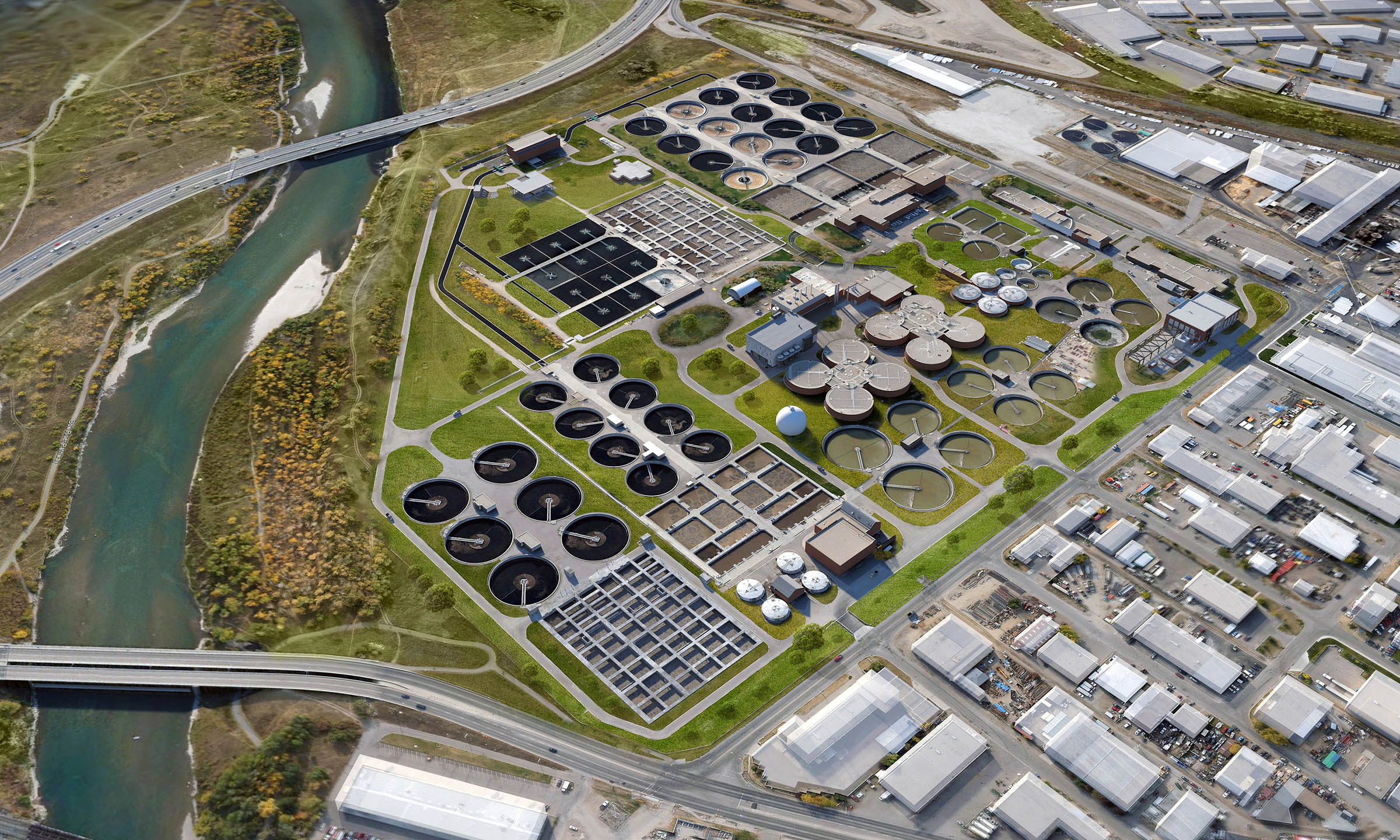Comprehensive Guide to Industrial Waste Water Treatment Processes
Strategic Approaches to Boost Drainage Treatment Performance and Minimize Ecological Impact
In the world of waste water therapy, the pursuit for boosted efficiency and reduced ecological effect is a continuous obstacle that demands calculated remedies. As culture grapples with the critical to take care of water resources sustainably, a nuanced approach becomes necessary. The assimilation of innovative therapy technologies, energy-efficient processes, resource healing methods, improved nutrient elimination strategies, and clever monitoring and control systems represents a multifaceted framework for resolving these pressing worries. Nevertheless, what lies at the core of this facility web of approaches is the possible to change the means we come close to drainage treatment, not just as a process of disposal, but as a valuable opportunity for development and environmental stewardship.
Advanced Treatment Technologies
Cutting-edge membrane filtering systems have actually revolutionized sophisticated wastewater therapy processes, dramatically improving the elimination of contaminants. This innovation has actually confirmed to be extremely efficient in getting rid of a large variety of contaminants, consisting of pharmaceuticals, hefty metals, and natural compounds, which are typically testing to eliminate through conventional treatment techniques.
Additionally, membrane layer purification systems supply numerous advantages over conventional treatment methods. They call for less space, create higher-quality effluent, and are much more immune to changes in influent water quality. Furthermore, these systems are very flexible and can be easily incorporated into existing treatment plants or used as standalone units for decentralized applications. As the demand for clean water proceeds to increase, the fostering of innovative membrane filtering modern technologies is vital to make certain sustainable and reliable wastewater treatment methods.
Energy-Efficient Procedures
The assimilation of energy-efficient procedures in wastewater treatment systems is important for enhancing resource application and minimizing operational costs. By executing energy-efficient innovations, therapy plants can dramatically lower their carbon footprint and total ecological impact. One key approach to improving power performance in wastewater therapy is the application of innovative oygenation systems, such as fine bubble diffusers or surface area aerators, which can enhance oxygen transfer efficiency and decrease energy usage. Additionally, including power recuperation systems, like anaerobic food digestion for biogas production or making use of excess warm for thermal procedures, can help balance out power requirements and promote sustainability.
Additionally, optimizing procedure control and automation through making use of innovative sensors and keeping track of systems can enhance general power efficiency by adjusting operations in real-time based upon real need and conditions. Carrying out power audits and frequently checking power performance signs are necessary practices to determine areas for enhancement and track energy-saving campaigns properly. Generally, the fostering of energy-efficient processes in wastewater treatment not only benefits the atmosphere however likewise contributes to long-term cost financial savings and functional sustainability.
Source Healing Methods
With an emphasis on enhancing resource utilization and sustainability in wastewater therapy systems, the execution of source healing techniques emerges as an essential element in improving functional effectiveness. Resource recuperation approaches in wastewater treatment involve the recognition and removal of important linked here sources from the waste stream, therefore transforming what was when considered waste into a beneficial property. By websites applying source healing techniques such as nutrient elimination and healing, energy generation from raw material, and the manufacturing of multiple-use water, wastewater therapy plants can lessen environmental influence while making the most of effectiveness.

Enhanced Nutrient Elimination Strategies
Carrying out sophisticated nutrient removal techniques is important for optimizing the performance of wastewater therapy systems. Improved nutrient removal plays a vital function in reducing the environmental effect of treated effluent discharged right into water bodies. Among the vital strategies utilized for improved nutrient elimination is the procedure of biological nutrient elimination (BNR), which involves the elimination of nitrogen and phosphorus with biological procedures. This can be accomplished through using specialized bacteria that can transform nitrogen substances into inert nitrogen gas via denitrification, and collect phosphorus within their cells through a procedure called improved biological phosphorus elimination (EBPR)

Along with BNR, progressed therapy methods such as hop over to these guys membrane layer bioreactors (MBRs) and built wetlands can also be used to boost nutrient removal performance. MBRs use membranes to attain high-grade effluent requirements by effectively removing nutrients and put on hold solids. Constructed marshes imitate all-natural wetland procedures to get rid of nutrients with plant uptake, microbial activity, and sedimentation. By integrating these innovative nutrient removal techniques into wastewater therapy communities, systems and sectors can properly reduce nutrient pollution and safeguard the atmosphere.
Smart Monitoring and Control Systems
Utilizing innovative innovation, the combination of clever tracking and control systems changes the functional performance of wastewater therapy facilities. These systems integrate advanced sensors and information analytics to continually monitor essential criteria such as pH levels, turbidity, liquified oxygen, and flow prices in real-time. By collecting and analyzing this information, drivers can get important insights right into the efficiency of the treatment processes, enabling proactive changes to maximize treatment efficiency.
Smart surveillance and control systems likewise sustain remote surveillance abilities, allowing operators to gain access to real-time data and control features from off-site locations. This remote access improves operational versatility and responsiveness, making it possible for quick interventions in case of system breakdowns or changes in influent high quality. The anticipating maintenance abilities of these systems aid stop tools failings and reduce downtime, inevitably boosting the total integrity of wastewater treatment operations.
Verdict
To conclude, tactical approaches such as sophisticated therapy modern technologies, energy-efficient processes, resource recovery techniques, enhanced nutrient removal strategies, and clever surveillance and control systems play a vital role in enhancing wastewater treatment efficiency and lessening environmental influence. By implementing these techniques, wastewater therapy plants can enhance their overall efficiency, reduce energy consumption, recover beneficial sources, and ensure compliance with ecological policies. These approaches are necessary for sustainable and reliable wastewater administration methods.

In conclusion, strategic techniques such as innovative therapy technologies, energy-efficient processes, resource healing approaches, improved nutrient elimination strategies, and wise tracking and control systems play a critical duty in enhancing wastewater treatment performance and minimizing environmental effect.